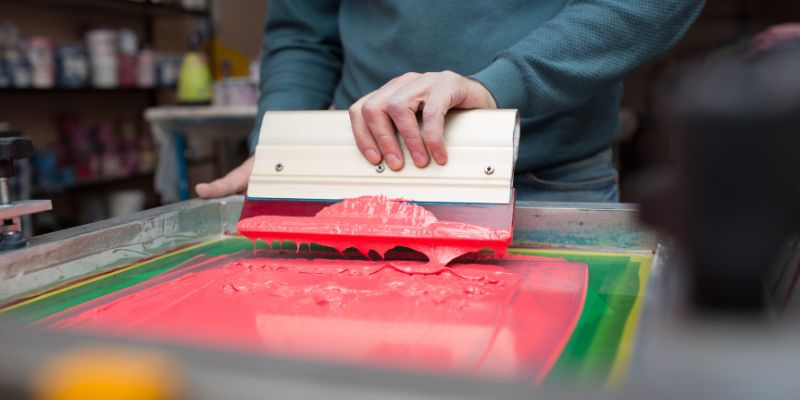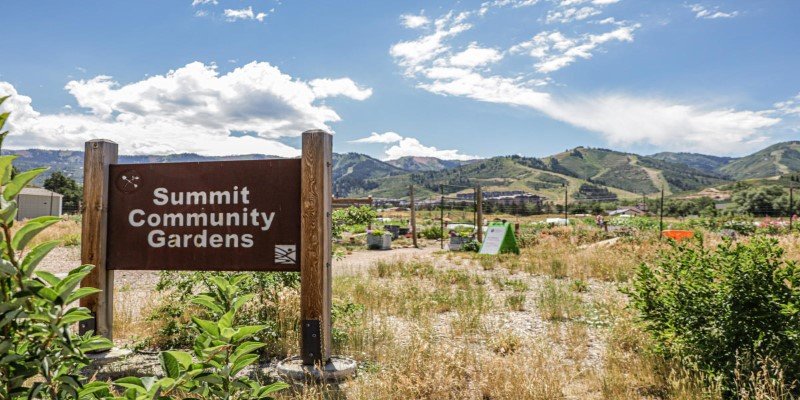Starting a vegetable garden is a rewarding experience, but to make it truly successful, you need a long-term approach. It's not just about choosing what to grow each season but building a sustainable, thriving garden that provides fresh produce for years. Long-term plans for planting vegetable gardens involve strategic planning and thoughtful consideration of your garden's needs. Whether you're a seasoned gardener or a beginner, planning will help you adapt to weather changes, maximize space, and ensure a steady harvest.
Long-term thinking gives your garden structure and resilience while balancing variety with simplicity. This article explores key strategies for creating long-term vegetable garden plans that will lead to a more productive and enjoyable gardening experience throughout the seasons.
Before planting, it is very important to understand the basics of garden planning. These include space, soil quality, and climate in your region. By considering these factors, you will be able to choose the right crops and avoid common pitfalls in gardening.
The first step in planning a successful vegetable garden is understanding your garden space. This includes the amount of sunlight, wind exposure, and soil quality, as these factors have a huge impact on plant growth. Most vegetables require at least six hours of direct sunlight per day, so ensure that your chosen spot receives enough light.

Also, consider how well the soil drains. Once you understand your garden layout, you have to decide whether to plant raised beds or in-ground. Raised beds give better control over the quality and drainage of the soil. It is thus more advisable to use areas that are poorly equipped with soil, and this minimizes bending for gardening.
A vegetable garden thrives in good, healthy soil. At a later stage, you have to replenish and enhance the soil to ensure strong plants. Add compost or organic matter or cover crops for the replenishment of nutrient levels. Crop rotation is another good practice; rotating your crops prevents soil depletion and reduces the risk of pests and diseases. For instance, do not plant tomatoes, peppers, and eggplants in the same spot every year because they belong to the same plant family. If your soil is poor, invest in high-quality compost or amendments to improve its health and sustainability over time, ensuring better yields.
A common misconception about vegetable gardening is that it's a seasonal activity. While some vegetables are indeed best suited for specific seasons, with careful planning, you can extend your growing season and enjoy fresh produce year-round. This requires more than just planting for one season at a timeit involves creating a garden that adapts to each season's unique challenges.
Spring and summer offer the opportunity to grow a variety of vegetables like tomatoes, peppers, beans, and squash. To maximize your growing season, plant early and plan for staggered harvests. Choose vegetables suited for your climateif you live in a cooler area, start seeds indoors before transplanting them. Companion planting is another key strategy; for instance, basil planted near tomatoes can help deter pests. Also, think about space efficiency. Vertical gardening techniques, such as using trellises for beans or cucumbers, allow you to plant more in less space. This is a great approach for long-term, sustainable gardening, especially in smaller or crowded gardens.
Cold weather doesnt have to mean the end of your gardening season. Many vegetables, like kale, spinach, and carrots, thrive in cooler temperatures and can be harvested into fall. For extended growing periods, consider using a cold frame or greenhouse to protect plants from frost. If you live in a particularly cold climate, row covers or hoop houses can create a microclimate that keeps plants warm and thriving. Even in winter, you can harvest leafy greens, root vegetables, and certain herbs with the right planning. Investing in these protective techniques ensures your garden remains productive even during the colder months, allowing for a steady harvest year-round.
Sustainability is an important factor in long-term vegetable garden planning. By rotating crops, conserving water, and managing pests without chemicals, you can reduce the environmental impact of your garden and ensure its health for years to come.
Crop rotation is one of the easiest ways to keep your soil healthy over the long term. Each type of vegetable has specific nutrient requirements, and planting the same crops in the same spot year after year can deplete your soil of certain nutrients. By rotating your crops, you allow the soil to recover naturally and avoid the buildup of pests or diseases that affect certain plant families.

For example, legumes (beans, peas) are nitrogen-fixing plants that can replenish nitrogen in the soil. Planting them after nitrogen-hungry crops like corn or tomatoes can help maintain a balanced soil environment.
Watering is a critical consideration in any long-term gardening plan. In many regions, water resources are becoming more limited, so it's important to use water-efficient practices. Drip irrigation systems and soaker hoses are great ways to direct water to the root zones of plants without wasting it. Additionally, mulching around plants helps retain moisture and reduces the need for frequent watering.
Rainwater harvesting is another sustainable practice to consider for long-term gardening. Installing a rain barrel or other collection system can reduce your reliance on municipal water supplies, making your garden more eco-friendly.
Long-term plans for planting vegetable gardens require thoughtful planning and patience. By assessing your space, improving soil health, planning for year-round growth, and using sustainable practices like crop rotation and efficient watering, you can create a resilient, productive garden that provides fresh produce for years. Gardening may take time, but the rewardswhether in the form of fresh food or a connection to naturemake it a worthwhile investment. With the right approach, your vegetable garden can thrive year after year, bringing you healthy, homegrown produce no matter the season.

By Verna Wesley/Mar 17, 2025

By Georgia Vincent/Apr 13, 2025

By Alice Ellis/Apr 16, 2024

By Triston Martin/Feb 10, 2024

By Eleanor/Jan 06, 2025

By Triston Martin/Jun 25, 2025

By Frederica/Jan 31, 2024

By Eleanor/Oct 29, 2024

By Frederica/Oct 29, 2024

By Susan Kelly/Apr 30, 2024

By Noah Jones/Oct 21, 2024

By Noah Jones/Apr 28, 2025